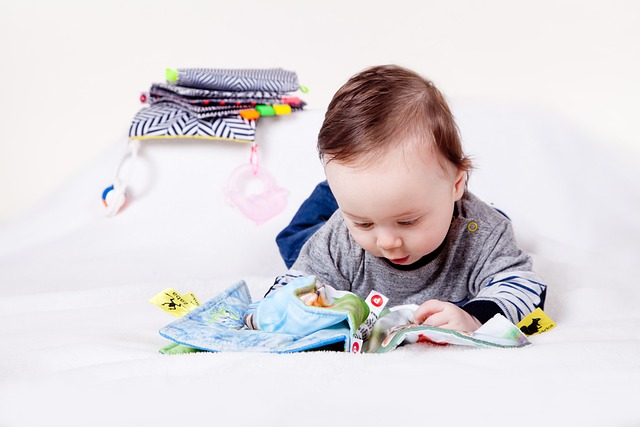Toys play an indispensable role in a child's development. However, in order to make the most of them, children should be offered educational toys.

Didactics is a branch of pedagogy that deals with theories, ideas, principles, and guidelines aimed at successful implementation of the educational process. The word "didactics" comes from the Greek verb "didaskein," which means to study, train, and teach.
Didactics is closely related to pedagogy, and therefore, it focuses only on learning that is organized with a pedagogical purpose, in order to achieve a certain education or fulfill certain educational goals. It provides guidance, knowledge of what needs to be done, and what to focus on. That is why an educational toy is a toy that teaches something, improves motor and cognitive abilities, hand-eye coordination, and teaches about colors, numbers, and letters.
WHY ARE EDUCATIONAL TOYS IMPORTANT?
Educational toys can be offered to children from an early age, even to babies. From the moment of birth, children react to external stimuli, so educational toys are the first step in their development.
They influence the development of motor skills because even a baby lying in a crib will try to reach for a mobile hanging above them after a few months. They also stimulate learning about the world around us, colors, letters, numbers, animals, and plants.
As many of these toys require rearranging objects or connecting them, they also develop focus on action.
Educational toys can also include costumes for playing various roles, which helps develop a child's imagination and language skills.
Ultimately, educational toys influence emotional and social intelligence. A child, especially in preschool groups, learns how to share toys and work together, for example, to solve a puzzle as quickly as possible.
HOW TO CHOOSE AN EDUCATIONAL TOY?
Educational toys are usually made of high-quality materials and a lot of effort is put into them. Ultimately, their goal is to influence intellectual development and expand knowledge.
When choosing these toys, keep in mind a few things: the child's age, material, and aesthetics, i.e. whether the toy will be appealing and interesting enough to the child.
Babies in the first few months do not have developed motor skills to reach for toys around them, so they passively observe them. Therefore, choose toys with a simple design in black and white or red and white combinations, so that from the first day, babies can practice attention. Also, add toys that make sounds, which you can continue to provide even after the first birthday.
After that, speech development intensifies, so children should be offered board books with hard covers and soft fabric books. Additionally, provide them with push toys and toys they can assemble and disassemble. Simple puzzles with only two or three pieces in different textures are excellent educational toys.
When a child turns two years old, it is an ideal period to introduce them to visual expression, so introduce materials such as colors and papers. Leave cutting with scissors for when they are 3-4 years old.
Around the age of three, children should be offered toys that imitate fastening and unfastening, stringing beads, screwing and unscrewing, as these will help them become independent in dressing themselves as soon as possible. As the child grows, up until the first grade, offer them a variety of "more complex" toys: age-appropriate board games, different materials, props for role-playing, blocks, and similar.
Plush toys are often not considered educational toys, but they can be. Through them, children can express emotions and also learn how to care for someone.
Whichever toys you choose, let the child genuinely enjoy them. Monitor their development and choose toys accordingly. It is better for a child to have a few quality toys rather than too many.